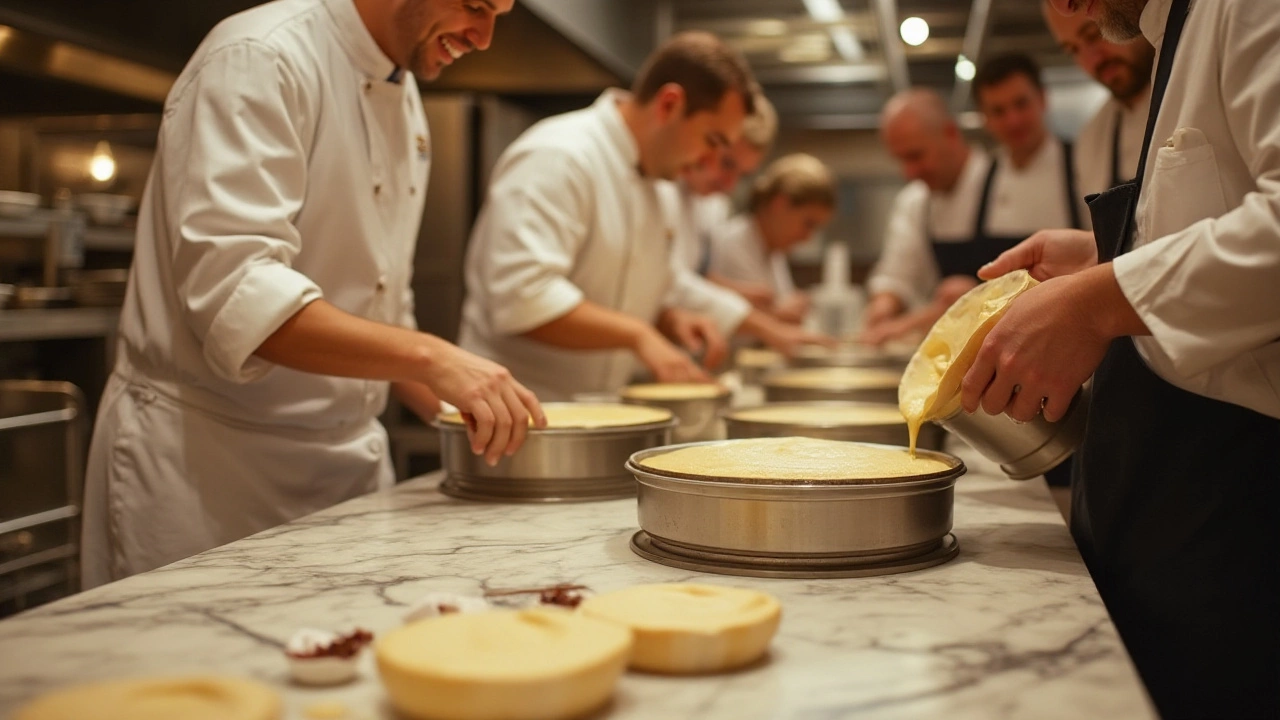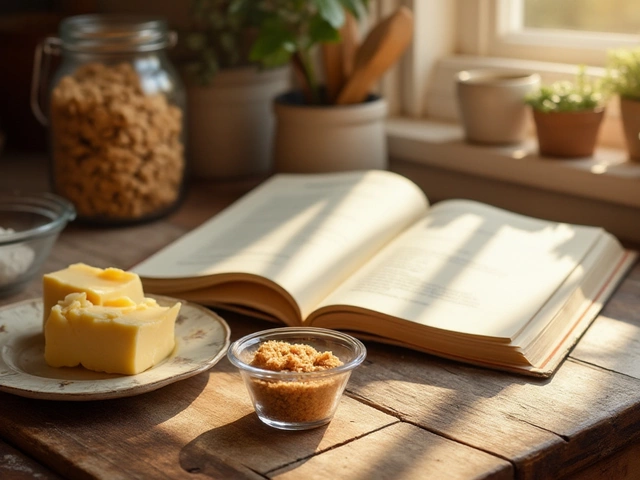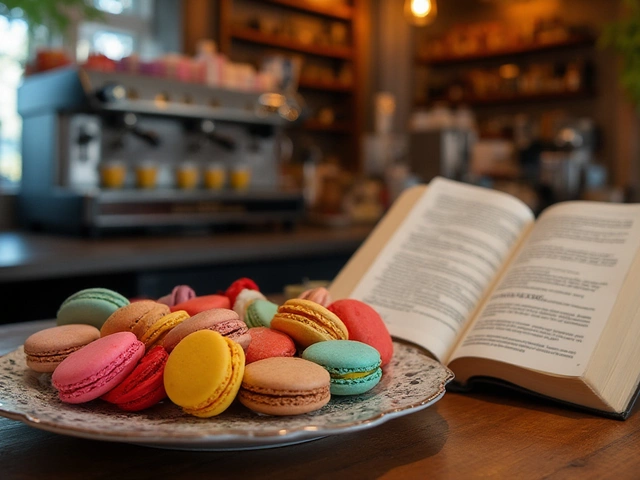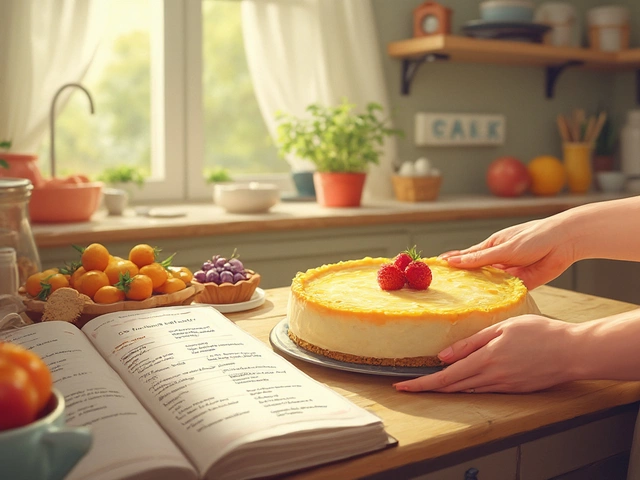Dessert Secrets: Proven Tips for Fudge, Cakes, Tiramisu & More
Ever wonder why some desserts turn out flawless while others flop? You’re not alone. Below are the most useful hacks that keep fudge creamy, cakes from sinking, and cookies perfectly puffy. Grab a notebook—these tricks are worth saving.
Fudge & Candy Tricks
The soft‑ball stage is the sweet spot for smooth fudge. Aim for 235‑240°F (112‑115°C) and use a candy thermometer. If you’re at altitude, add a few extra degrees; the water boils faster up high, so the temperature needs a tiny bump.
Grainy fudge? That usually means you boiled it too long or stirred too vigorously after it hits the stage. Let the mixture cool undisturbed, then stir just enough to get a glossy sheen. The result is a melt‑in‑your‑mouth texture, not a rock‑hard brick.
Forgot the exact temperature? No worries. A quick trick is to drop a small amount of syrup into cold water. If it forms a soft ball you can shape with your fingers, you’re there. This works even without a thermometer.
Cakes, Cookies & More
Gluten‑free bakers know the sinking feeling when a cake collapses. The culprit is usually too much liquid or not enough leavening. Swap part of the flour for almond or oat flour, and boost the baking powder by ¼ teaspoon per cup of gluten‑free mix. The cake will rise higher and stay light.
Eggless cheesecake? Skipping the egg changes texture, making it less firm. Use a blend of silken tofu and a touch of cornstarch to mimic the binding power of eggs. The result is a creamy slice that holds together without a wobble.
Birthday cake fatigue? Try a dessert bar, a layered mousse, or a savory cheese platter for something different. Your guests will love the surprise, and you avoid the classic cake hassle.
Cookies rise because of leavening agents and moisture. Baking powder releases gas when heated, while the sugar and butter melt and create steam. For extra puff, chill the dough 30 minutes before baking—cold butter hits the heat faster, giving a bigger rise.
Need to size a cake for 50 guests? A two‑tier 9‑inch round plus a 10‑inch sheet works well. It yields about 60 slices, leaving a little extra for seconds. Adjust the tier height if you prefer taller layers.
Curious about the world’s most eaten cake? It’s the humble chocolate sponge—soft, versatile, and loved everywhere. Make a batch, add your favorite frosting, and you’ve got a crowd‑pleaser that never goes out of style.
Macaron prices in France can surprise you. Expect €1.50‑€2 each in patisseries, less if you buy in bulk. Look for local bakeries on market days for fresher, cheaper options.
Finally, a fun fact: the name “tiramisù” means “pick me up” in Italian, a nod to its coffee‑laden kick. Freeze leftovers for a quick dessert bite—just thaw gently to keep the texture smooth.
These dessert secrets are quick to try and boost your confidence in the kitchen. Keep them handy, experiment, and watch your sweet treats go from okay to unforgettable.

Do Cheesecake Factory Cheesecakes Go Through Baking? Discover the Truth and More!
The Cheesecake Factory is famous for its wide array of delectable cheesecakes, yet many people wonder about their preparation process. Do they actually bake their cheesecakes, or is there another method involved? This article delves into the details of how these beloved desserts are made, explores the secrets behind their creamy texture, and shares some tips for whipping up a cheesecake that can rival that of Cheesecake Factory's. Learn about baking techniques, the role of ingredients, and the nuances that make these desserts stand out.
View More




